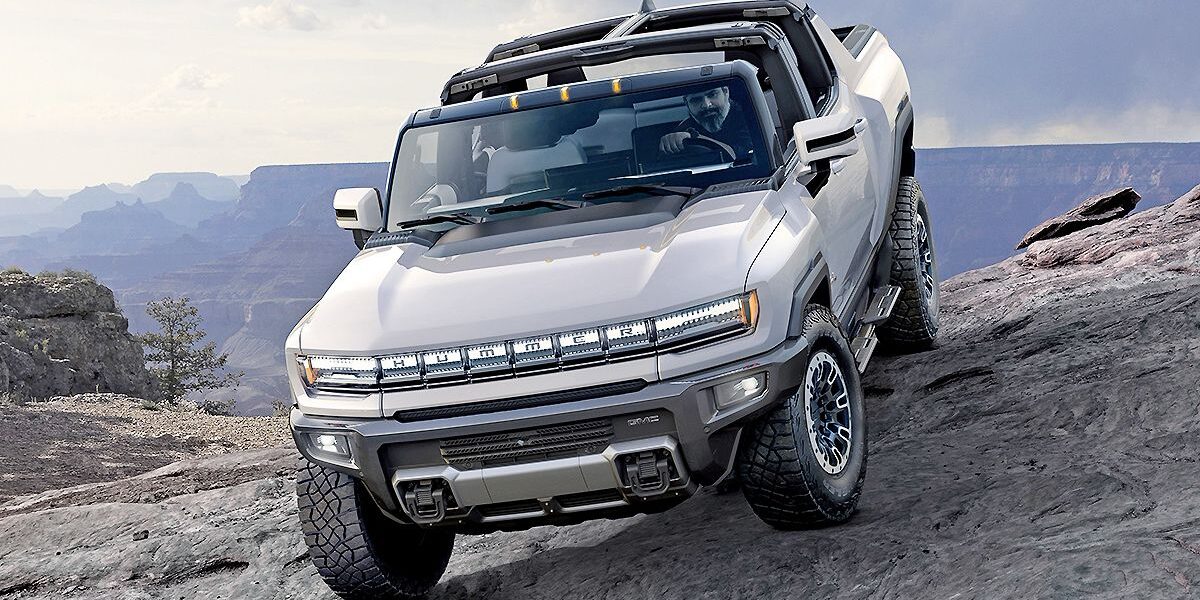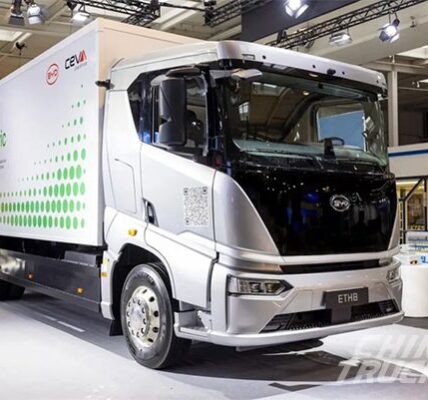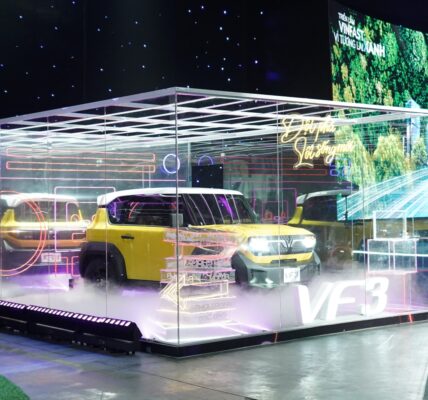The age of the plug-in hybrid electric vehicle (PHEV) that can charge from a power point and fill up at the service station appears to be drawing to an end, at least in Australia.
Plug-in hybrids once dominated EV sales, but have now slipped to 6 per cent of the total
A series of studies has shown they’re not as clean as previously thought
They may be phased out of EV purchase subsidies, experts say
The latest industry figures show EVs accounted for a record 9.4 per cent of new car sales in June, up from 1.7 per cent a year earlier.
A diminishing fraction of these EVs are plug-in hybrids (PHEVs), which switch to burning petrol or diesel when their battery’s charge is nearly depleted.
PHEVs once dominated EV sales, but are now being rapidly displaced by fully battery electric vehicles (BEVs).
So, what killed the PHEV?
The answer to this question wades into a long-running debate that’s shaping the types of cars available in Australia, and how much they cost.
The rise and fall of the plug-in hybrid
When they arrived in Australia about 10 years ago, PHEVs were marketed as a cleaner form of an internal combustion engine vehicle (ICEV).
They also side-stepped some of the perceived problems with BEVs, such as driving range and charging infrastructure.
PHEVs have an internal combustion engine, an electric motor, and a relatively small rechargeable battery, with a range of 50 –100km.
If the battery runs low, the car automatically switches from the electric motor to the engine, and burns fossil fuel.
“There wasn’t enough confidence in BEVs in the past,” said Hussein Dia, a transport expert at Swinburne University.
“[PHEVs] were readily available on the market and few companies did well in developing them and marketing them.”
Sales didn’t exactly boom, but they were initially stronger than for BEVs.
As the graph above shows, in 2018 PHEVs accounted for half of EV sales.
Since then, BEVs have raced ahead.
In June, PHEVs accounted for 6.24 per cent of EV sales.
One reason for this has been that BEVs have gotten better. Range and charging times have improved, prices have gone down and more models have entered the market.
At the same time, doubts have been raised about whether PHEVs are as clean as they claim to be (more on this later).
Until mid-2022, the exception to the story of BEV triumph was the SUV market, where PHEVs held their ground.
This was concerning on environmental grounds, as a PHEV SUV can be just as polluting as some low-emission ICEVs.
To an extent, EV statistics were hiding an increase in the sale of large cars that continued to burn fossil fuels.
“A lot of people have become sceptical of PHEVs,” Professor Dia said.
“From a sustainability point of view they were meant as a transition technology, not the end game.”
In the past year, however, fully battery electric SUV sales have outstripped those of plug-in hybrid SUVs.
PHEV sales are still rising, but their market share is falling sharply.








